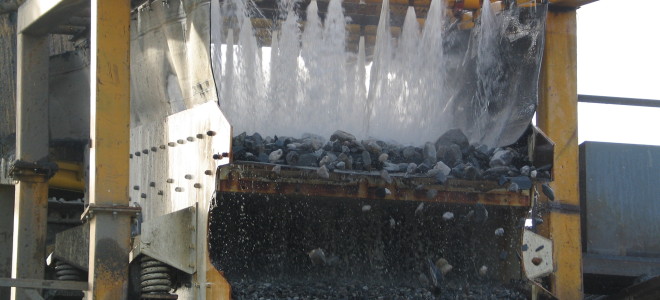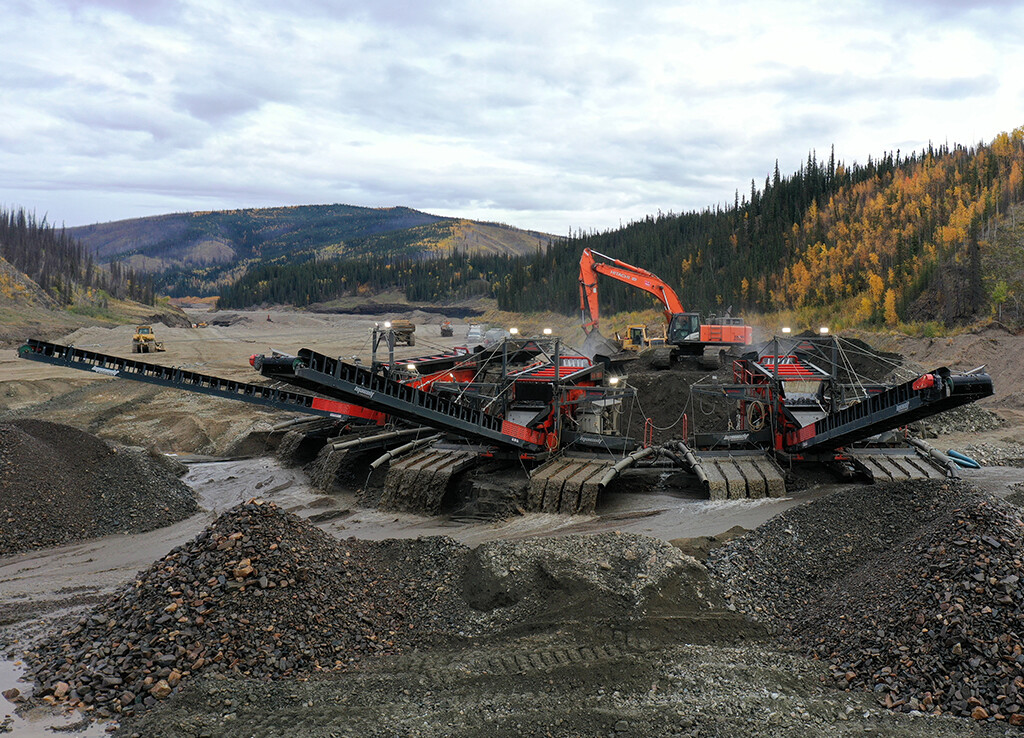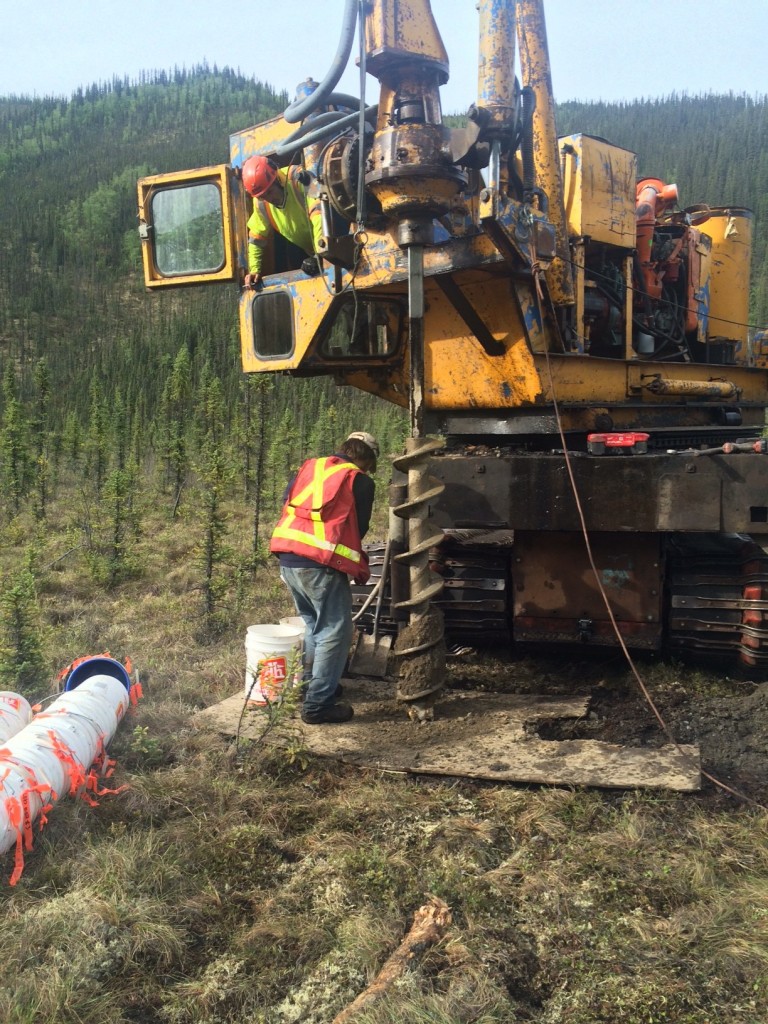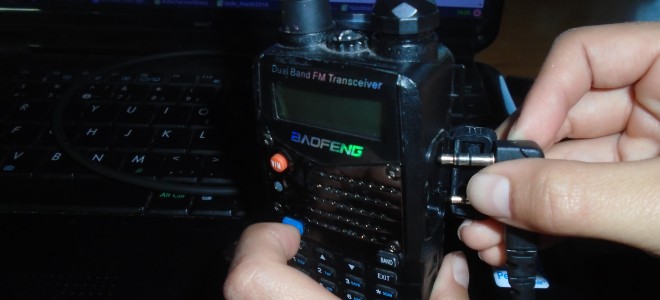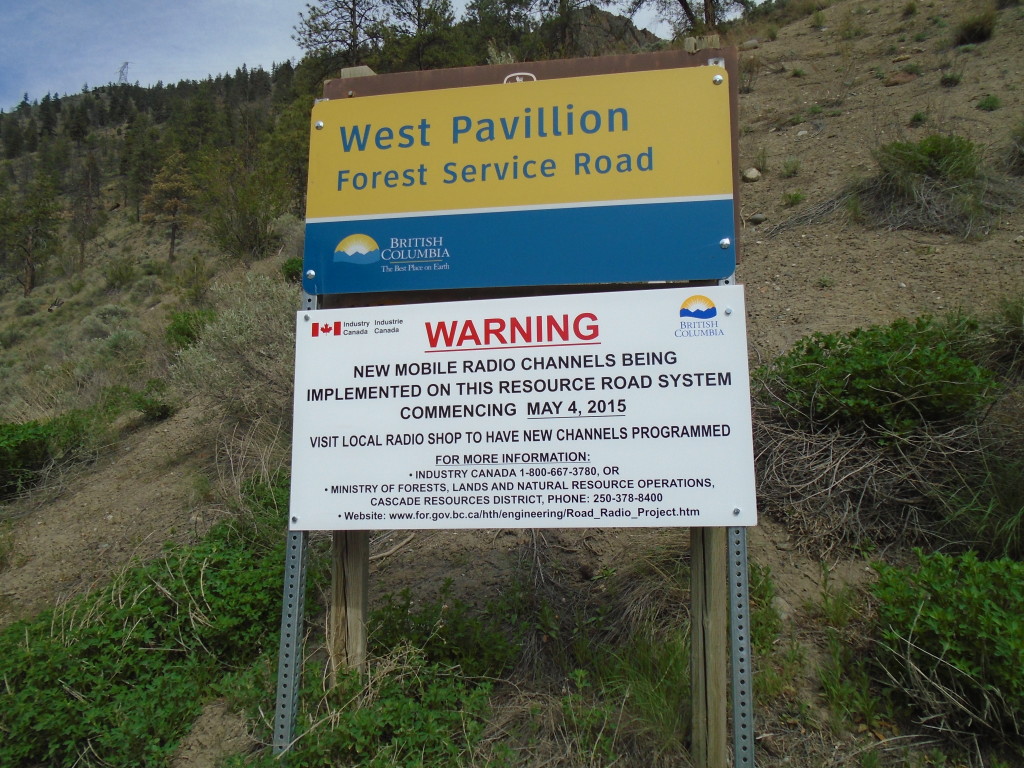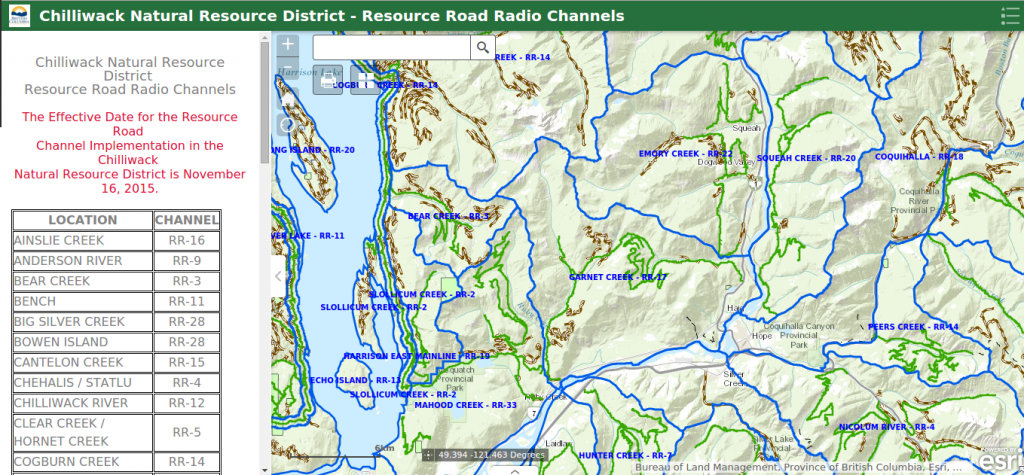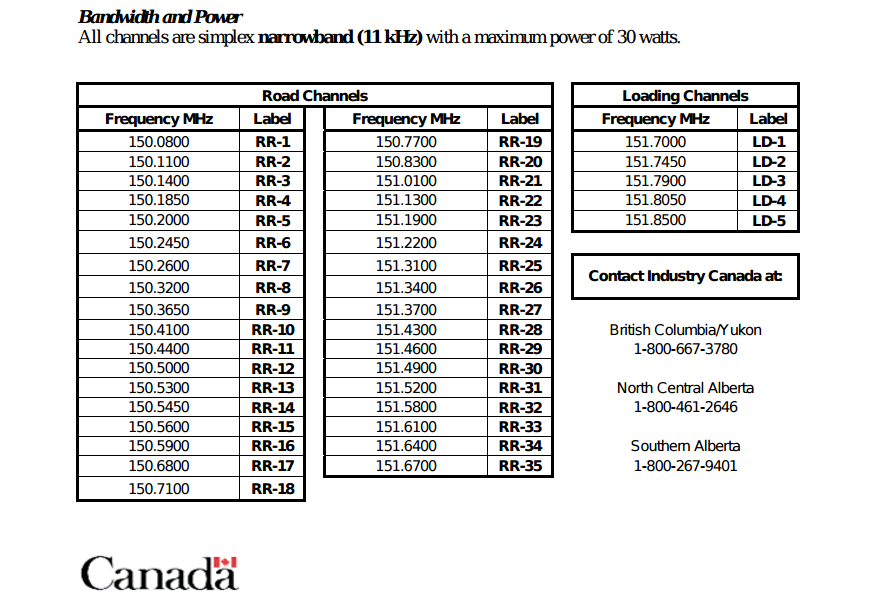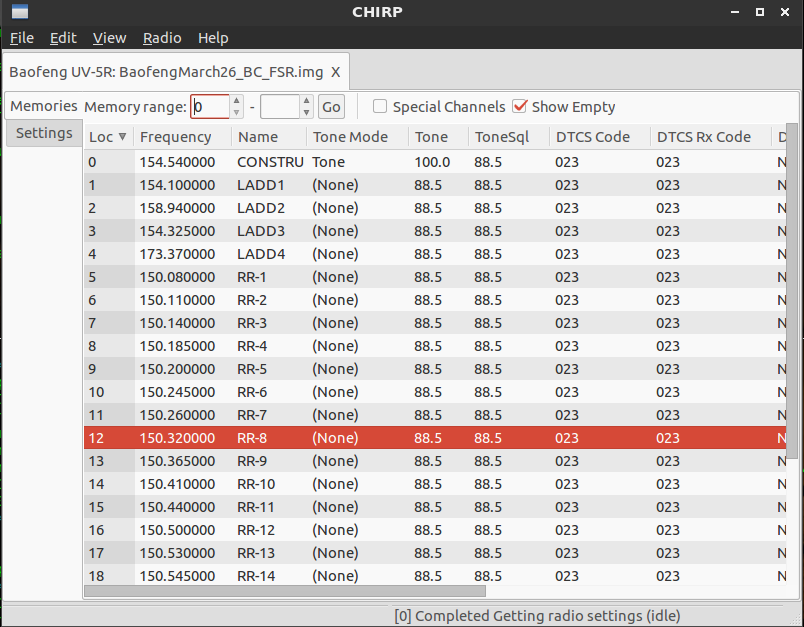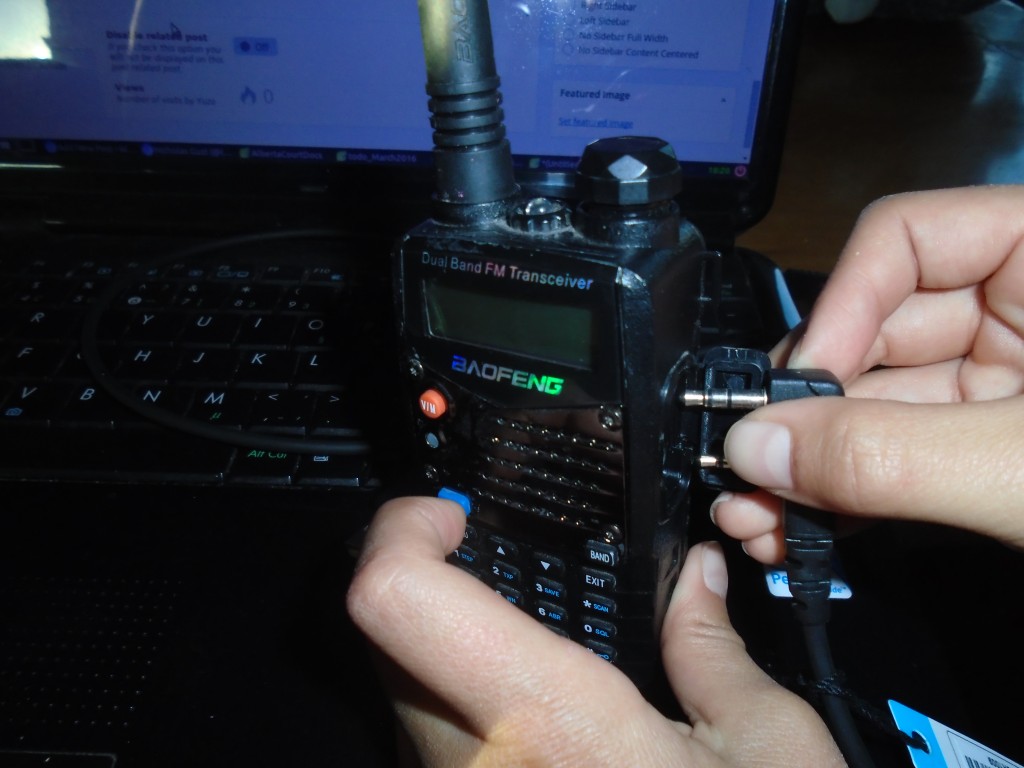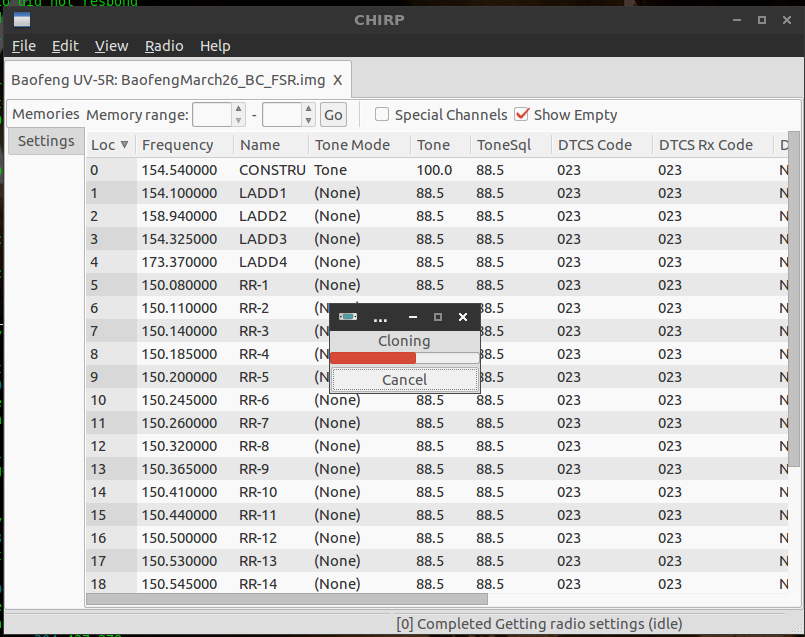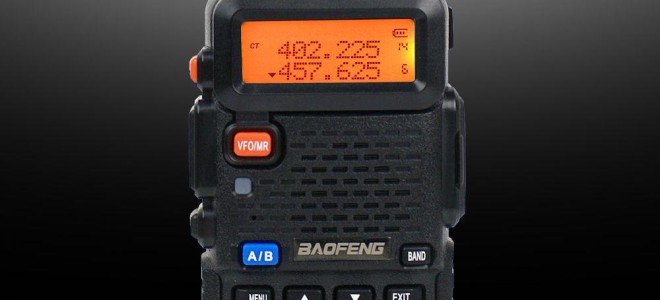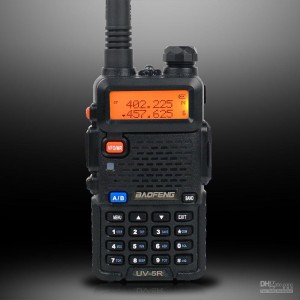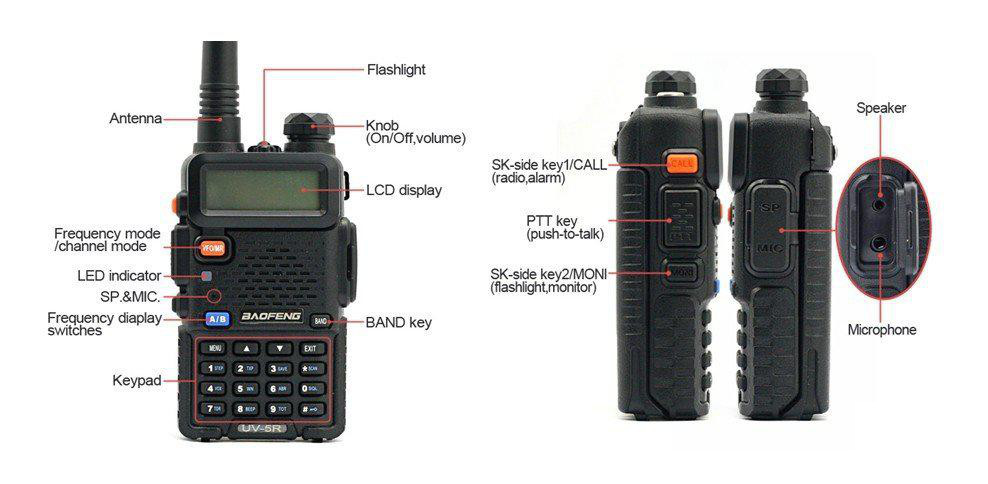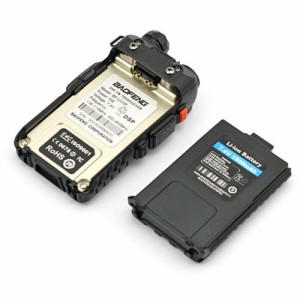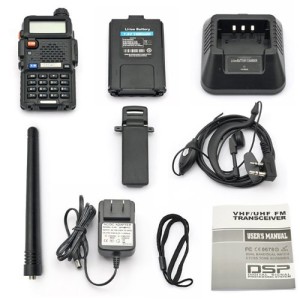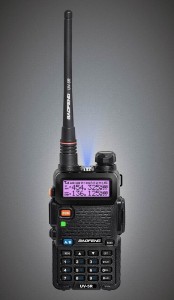What makes placer mining unique is that you have control over your own destiny. The barriers to entry are low and a small group of people can have the opportunity to develop a mine and produce gold on their own terms. You don’t need a corporation and millions of dollars to succeed in placer mining. That freedom is a double-edged sword though. The majority of placer miners bite off more than they can chew and fail miserably.
This article lists some sure-fire methods to lose your shirt in placer mining that apply to large-scale mines and small hand operations alike. By knowing the mistakes that others have made you can avoid making the same mistakes yourself.
Too much equipment, Too soon
There is a lot of equipment available to placer miners these days. A lot of rookie miners will buy way too much equipment before they even get started. That’s a great way to blow your budget without even finding any gold.
The fitness industry relies on this same principle. It doesn’t take much effort to go out and buy a brand new stationary bike but just owning that machine isn’t going to give you abs of steel. Getting in shape takes hard work and dedication. Placer gold exploration works the same way. Some miners seem to think that buying a bigger wash plant, a bigger excavator, or even the latest and greatest highbanker will somehow make gold appear. It’s easy to buy equipment, finding gold is hard.
If you want to blow your whole mining venture in the first season then buy too big of equipment before you’ve even explored your claim. You’ll be part of the illustrious club of would-be miners who failed before they even got started.
We were contacted recently by a miner who wanted to hire West Coast Placer to do some bedrock mapping. The miner had recently purchased a $250,000 wash plant. We asked them where they were mining and they responded, “We’re hoping that you can help us figure that out.” They didn’t even have a claim yet. That is not a recipe for success.
Other miners have spent their money on excavators, loaders, and high-end camp setups but then had nothing left to buy a drill. At different stages of placer exploration you’ll need different equipment. Having a solid plan will help you figure out what is required at each stage.
If you want to be successful explore the claim first and get the gear that you need to work in that specific situation. You don’t need a washplant until you’ve actually mapped out a mineable gold deposit and have a mining plan figured out. Start out with basic tools and expand as needed. During exploration the trick is to gather as much information as possible while spending the least amount of money.
Get hooked on a glory hole
We can all look at other miners who spent three years digging in the same spot totally convinced that it’s going to make them rich. We shake our heads and think of how stupid they are. However, a lot of miners fall into this trap.
What is it about glory holes that suck in the imagination of placer miners? It’s sort of like gold fever. Miner’s get hooked on the belief that one specific spot holds all the gold and that if they can just dig it up they’ll be rich.
This sickness can affect rookies and even some experienced miners. Sometimes it’s driven by a story from the past, or a misinterpretation of a geological feature. Getting hooked on a glory hole is similar to being in a romantic relationship that is totally toxic. All your friends know but you don’t realize it yourself until after the breakup.
This situation can be easily avoided by proper sampling and testing. A whole season’s worth of excavating in the wrong spot ( or multiple seasons for some people) can be avoided with one drill hole. If you are convinced that there is a whole bunch of gold in one spot, and you haven’t tested to confirm, then you have fallen victim to the glory hole trap.
Drink your own Kool-aid
Every placer miner has their reasons for digging and exploring in the spots that they do. Sometimes that’s based on good test results but often it’s based on nothing more than imagination.
Many miners have developed a form of fairy tale in explaining the gold deposits on their claim. The geological, fluvial, and glacial environments that create placer pay streaks are extremely complex. There are entire fields of science that dedicate themselves to understanding these processes. Even an expert geomorphologist can’t walk up to a placer claim and tell you what material has been deposited over the last 4 glacial periods, where the ancient channels are located and what ancient streams used to flow over the mountain range. If you think you know those answers then you are heading down a dangerous path.
I’ve heard a lot of stories from placer miners who seem to know the exact play-by-play movements of glaciers during the last ice age and therefore know exactly where their gold has been accumulated. Obviously, they don’t have reliable knowledge of the geological history of their claim but they have convinced themselves that they do.
Others are convinced that there is a gold source up the mountain and it has puked out placer gold in a specific location that they’re about to mine. All without sampling and mapping out deposits.
It takes massive amounts of time and money to reliably recreate glacial movements. They are extremely complex and hard to trace. There are well-funded research projects that study these kinds of things with teams of experts and even they are not 100% certain.
If you think that you have those answers and haven’t hired expert geomorphologists, drilling companies, and performed large-scale studies to find out, then you’re just fooling yourself.
Truthfully in placer mining, you don’t need to know how the gold got there. All you have to do is test and sample the ground to find out where the gold is right now. Finding mineable placer deposits is hard and there are no shortcuts. There are techniques that work really well but believing in your own fairy tales isn’t going to make the gold appear. It’s much better to assume that you know nothing and explore in a systematic way.
Put too much emphasis on stories from the past
Every creek has a success story from the past about an old-timer who pulled out some rich gold from an ambiguous location nearby. They usually go something like this:
“In the 1920’s Johnny Miner pulled out a 30-ounce nugget from somewhere up on that hill over there.”
Other stories involve drifts built by Chinese miners in the 1890s or a rich mine that was wiped out by a wildfire never to be found again. They have a lot in common with urban legends with the right mix of potential gain and just enough details to keep you interested.
There are lots of stories like this and a lot of them are true. Being a placer miner in the 21st century involves being a little bit of a historian as well as an explorer. After all, there are pretty much zero creeks in the world that haven’t had a pan dipped in them at least once before.
There are several issues with historical information that sometimes slip through our radar. We all know that clickbait stories on the internet are probably exaggerated to capture our attention. That phenomenon is not a new invention. Speculation and hype have always been part of mining. It was probably even worse during the gold rush periods of the late 1800s. Testing techniques are not standardized either. Even if a story is meant to be factual the miner might not have had a reliable technique to test his grades. You could fall victim to second-hand confirmation bias from 100 years ago and not even know it.
Whether these stories are true or not you still need to do your own testing. Reliable historical information can be an excellent starting point but it must be taken with a grain of salt. If you have truly uncovered some historical information that provides evidence for a forgotten placer deposit then start testing that area. Remain objective and if the test results don’t show what you’re expecting then move on.
Far too many miners have spent their time and budget blindly searching for a rich paystreak that was mentioned decades ago. I personally know miners who have spent hundreds of thousands of dollars searching based on three sentences of historical information.
Keep an open mind and let the evidence guide you. It’s important to know when enough is enough.
Insufficient sampling
We’ve all heard the old adage that in real estate that the three most important things are location, location, location. In the world of placer mining, the three most important words are sampling, sampling, sampling.
This is the single most important aspect of placer mining and exploration. Miners of all sizes have lost money and often their entire budget due to poor sampling. There are lots of reasons why miners forgo proper sampling. It costs money, it takes time away from mining, maybe they don’t know how to sample properly in the first place.
Sampling will make or break your placer operation. It must be done over a broad area and in a way that won’t fool the person doing it. The quality of sampling is just as important as the quantity.
For example, it is critically important to measure the volume of each sample accurately otherwise the grade calculations will be totally wrong. Say you sampled half an excavator bucket and found 3 grams of gold. Is that 3 grams per yard? Or half of that? It makes a big difference. Let’s say you’re using 5-gallon pails. Were they all full when you ran the sample? Half-full? Three quarters? Your grade calculations will change dramatically based on the volume.
Bigger samples are always better but there is a trade-off between lots of small samples and only a handful of big ones. Each situation and budget will call for variations in the sampling plan. You want to have enough locations tested to be confident that you understand the size and distribution of your pay streak while getting reliable results in each sample.
It’s important to test areas outside of the location where you think the best gold is. That means testing every depth interval from surface to bedrock as well as testing ground whether you think it’s a location that you can mine or not. Many miners have missed out on unbelievable pay because they only tested areas that they thought were favorable for mining. Here’s a tip, every spot is favorable for mining if the gold grades are high enough.
Placer exploration is a little bit like the board game Battleship, where you have to shoot missiles on a blind grid to sink your opponent’s ships. You start out knowing nothing but over time you gain evidence of where things are located, in this case gold instead of toy battleships. The same systematic approach will lead you to win Battleship as it will to mine a profitable placer deposit.
If you think you’ve done enough sampling, you haven’t. If you start washing gravels before you have sampled a broad area with verifiable tests you are guaranteed to lose your shirt.
Before you start mining make sure that you know the depth, location, and the grades of your pay gravels. There are a lot of opinions on what the proper way to sample is. The important thing is to be thorough and be consistent.
Get a Partner
Many great placer mining operations have met their demise due to disagreements between partners. It always sounds like a good idea at the time but partnerships fail for a variety of reasons. Most often financial disagreements.
Howard from the great mining classic, The Treasure of the Sierra Madre said it best,
“Ah, as long as there’s no find, the noble brotherhood will last but when the piles of gold begin to grow… that’s when the trouble starts.”
Gold does funny things to some people. Even people that you wouldn’t expect. There’s something about the yellow metal that affects us deep inside. It’s not just the financial value either. Silver, copper, uranium, platinum, and numerous other metals are mined in similar ways but people don’t get as emotionally attached to any of those things. The only other mineral that affects people in a similar way is diamonds.
Gold fever has existed as long as people have been mining. The primary reason that the Spanish explorers stumbled upon North America was the search for gold. Christopher Columbus wasn’t looking for America, his sole purpose was to find Cipangu, the island of “endless gold.” The Spanish explorers famously ravished and betrayed civilizations in the Americas to steal their gold. The betrayal met its climax in 1532 when Francisco Pizarro famously betrayed the Inca ruler Atahualpa.
Partnerships fail for many reasons but greed is often the primary factor. Sometimes personal finances fall apart, a partner gets divorced, falls behind on truck payments, anything can happen. A lot of placer mines that have done everything right and developed great gold deposits have fallen apart due to disagreements between partners.
Gold mining partnerships always start out with the best intentions but humans are complex and things can change. If you’re considering a partnership make sure the person or people that you’re going to join forces with are going to stick it out for the long haul. Make sure you have a solid contract in place that has been verified by a lawyer or notary.
They say a business partnership is like a marriage. You want to be careful who you’re going to bed with.
Set Unrealistic Deadlines
One thing that has ruined the dreams of many would be gold miners is rushing the exploration process. Exploration, planning and logistics take time. Everyone is eager to start mining but it takes preparation to get to that point. A lot of the points in this article are often the result of setting unrealitic deadlines.
A lot of miners start buying wash plants or heavy equipment before they are ready to use that equipment. As a result they get trigger happy and skip important steps in the exploration process. I know a miner who recently told me that they have to start mining next season no matter what. This person quit his job and has started to buy mining equipment. At the time that we were discussing this he had not found a viable gold deposit yet. If he followed through with that plan he’d have definitely lost his shirt.
A lot of miners raise money by having people invest in their operations and those investors inevitably want a quick return on their money. Many placer operations have failed due to pressure from investors to fast track the mining process. This is one reason why partners or investors can kill your placer operation. If everyone onboard has realistic expectations about the time frames required for exploration in advance the project has a lot higher chance of succeeding. It’s important to be honest about how much time it’s going to take to explore for and find a gold deposit.
At West Coast Placer we provide exploration services to placer miners of all sizes. We’ve seen a lot of successful operations and have helped miners develop their properties into profitable mines. We’ve also seen a lot of ventures fail miserably. There are some practices that are guaranteed to lead to failure and yet rookie and experienced miners alike make these mistakes over and over again. Hopefully these tips will help you stay successful in placer mining and keep you from losing your shirt.

